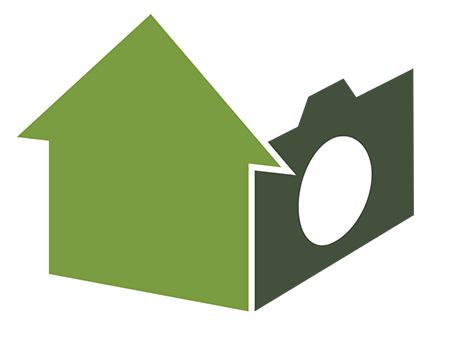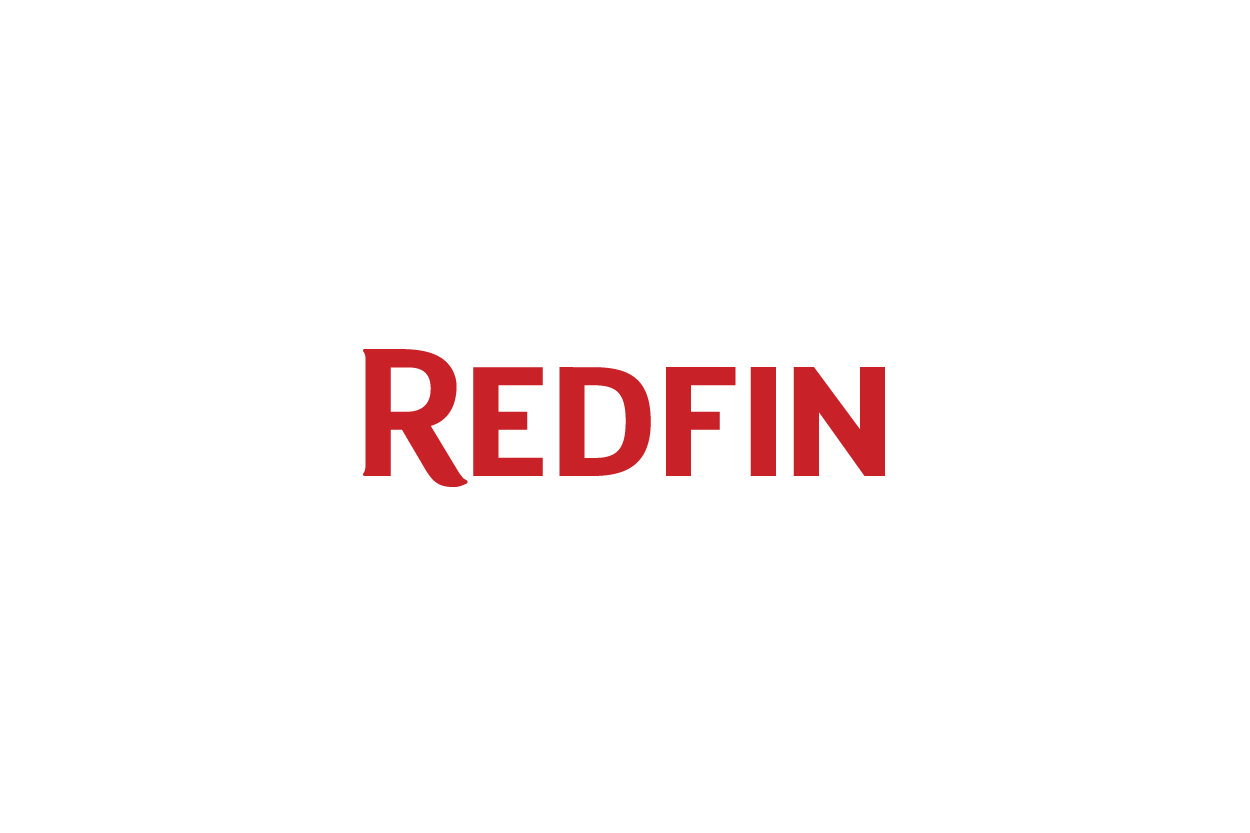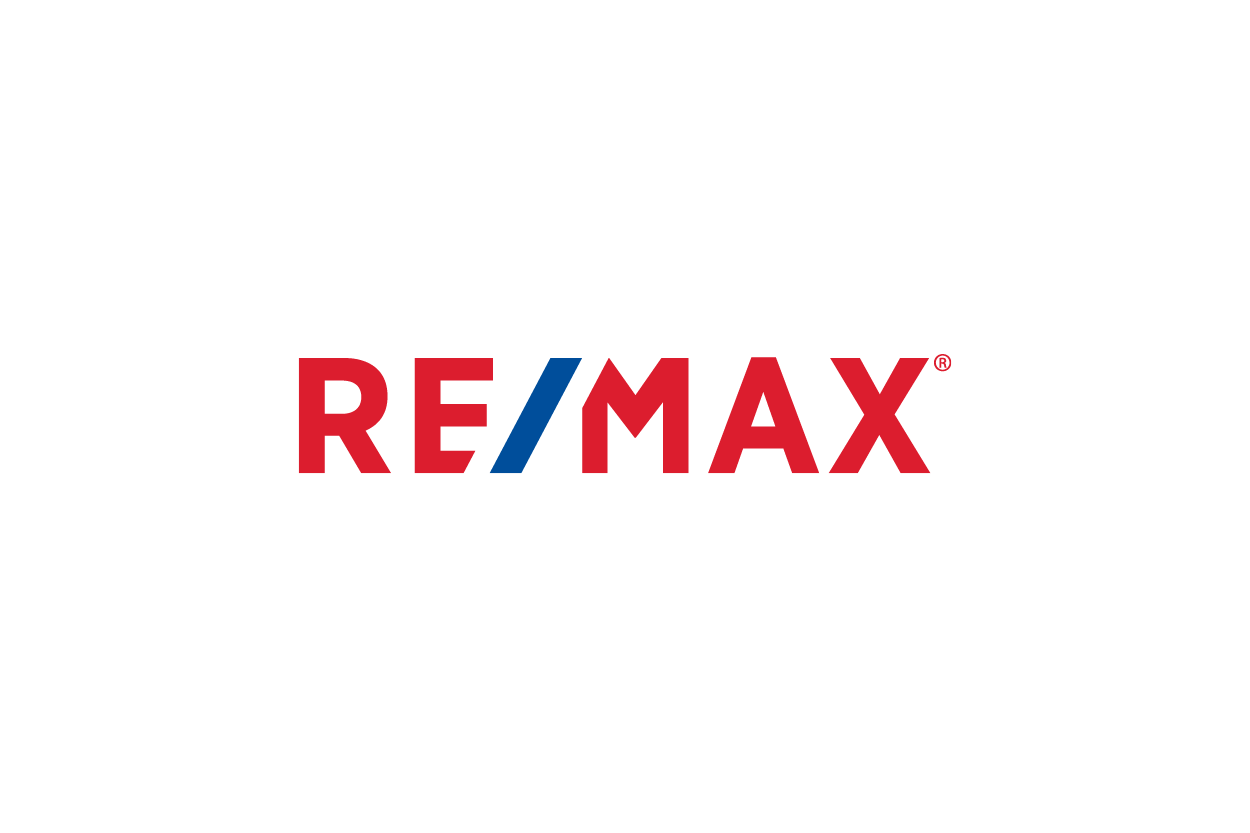Meet Victor Coll, a seasoned expert in the art of in-bound content marketing. With a proven track record in crafting winning content strategies, Victor excels in attracting and engaging audiences organically. His proficiency extends to optimizing content for maximum impact, resulting in increased brand visibility and audience retention. Victor's dedication to the art of in-bound content marketing has helped businesses achieve remarkable growth. Join him as he shares invaluable insights and strategies to empower your content marketing efforts and drive meaningful connections with your target audience.
What AI Can Remove From Listing Photos
WHY PAY MORE?
What AI Can Remove From Listing Photos
Author: Victor Coll
Direct Answer
AI can remove non-structural items from listing photos — clutter, personal belongings, cords, countertop items, boxes, toys, small furniture pieces, and distracting décor — while keeping the room’s true architecture intact. This gives buyers a clearer, more polished view of the space.
Key Takeaway:
AI removes visual noise without altering the home itself

What AI Is Designed to Remove
AI tools focus on removing anything that interferes with a buyer’s ability to evaluate a room. These are objects, not structural elements.
Typical removals include:
• Kitchen items
• Bathroom toiletries
• Small appliances
• Toys and pet items
• Clothes, bags, boxes
• Cords and cables
• Clutter piles
• Outdated or distracting décos
Key Takeaway: AI cleans the room, not the structure.

What AI Cannot Remove (And Should Not Touch)
AI should never remove or alter anything that changes the physical structure of the home. That includes:
• walls
• flooring
• windows
• built-ins
• permanent fixtures
• architectural features
These changes violate MLS guidelines and misrepresent the property.
Key Takeaway: AI edits must stay within ethical and MLS-compliant boundaries.

Why Item Removal Matters More in 2025
Buyers skim listings faster than ever. Visual clutter creates hesitation. Clean, simplified images create immediate trust and help buyers evaluate layout and space with less distraction. Many agents now treat item removal the same way they treat photo editing — a standard part of listing prep.
Key Takeaway:
Clean visuals increase confidence and reduce buyer drop-off.

How AI Removes Items Without Looking Fake
Modern AI analyzes lighting, perspective, materials, and shadows before removing an item. It rebuilds the portion of the room behind the object in a way that feels consistent and natural. The result is a clean image where the removal blends seamlessly with the surroundings.
Key Takeaway:
When done correctly, AI removals look invisible.

How Hometrack’s AI Studio Handles Item Removal
Hometrack’s AI Studio removes unwanted items while preserving the integrity of the room. Agents use it for:
• Clearing kitchen counters
• Removing bathroom clutter
• Simplifying bedrooms
• Cleaning up entryways
• Removing boxes or storage piles
• Removing outdated small décor
• Fixing messy shelves
• Removing distracting personal belongings
Every edit aligns with MLS rules and maintains the home’s actual structure.
Key Takeaway: Hometrack’s AI Studio delivers natural, compliant item removal that makes rooms feel larger and more appealing.

FAQ
Does day-to-dusk violate MLS rules?
No. The home’s structure remains unchanged.
Can buyers tell the difference?
Usually not. High-quality day-to-dusk looks nearly identical to real twilight shots.
Is real twilight still useful?
Yes. Luxury homes or high-end listings may benefit from true twilight captures.
Does day-to-dusk improve engagement?
Yes. Twilight-style images consistently earn more clicks and saves.
Can you apply day-to-dusk to cloudy or dull photos?
Yes. AI can enhance the sky and lighting even in average daytime conditions.
Key Takeaway:
Both methods work, but day-to-dusk gives agents a faster, more scalable option without sacrificing quality.















